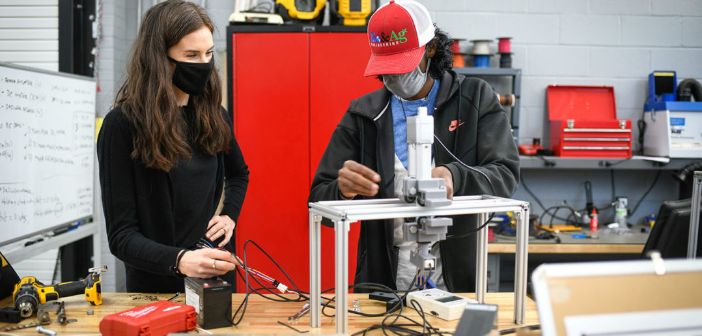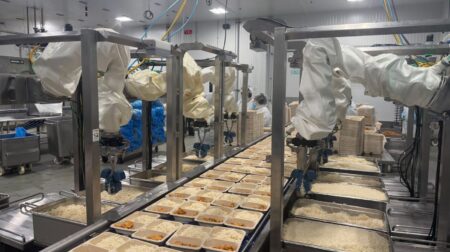Researchers at the North Carolina State University (NCSU) are developing a small fleet of unmanned surface and aerial vehicles for use in water and air to improve oyster production near the North Carolina coastline.
The USVs and UAVs will gather water quality data in areas that are difficult and dangerous for people to access.
The data collected could inform management decisions that lead to the sustainable growth of nearshore production of shellfish.
The NCSU team said it is focusing on water quality because of “the important implications for the safety of consumers’ food and for producers’ profitability”.
Furthermore, the researchers said bacteria and other pollutants carried by stormwater into the ocean can cause nearshore producers to halt their harvests temporarily, until the bacteria reaches safe levels.
These closures are estimated to cost producers 25% of their average annual income.
Sierra Young, an assistant professor at NCSU’s Department of Biological and Agricultural Engineering, said: “We hope to automate water testing and sample collection by creating a data-driven process that makes the window [of closure] as small as it needs to be.”
According to Young, the team plans to develop computer models that highlight operation areas most likely to become bacterial hotspots, such as places where there might be higher levels of bacteria or dissolved oxygen or pH.
Within those hotspots, the USVs can use sensor probes to measure conditions and take samples that can be returned for laboratory analysis. UAVs will be deployed to scout areas and let the USVs know where conditions might be unsafe to enter.
Young added: “We’re looking to not just have robots that autonomously monitor the same area over and over but we are integrating that water quality modelling with robot path planning to direct the robots to the most important and informative areas within a shellfish growing area.
“The idea is to get the most value out of a single deployment, especially when the number of water samples the robots can take is limited.”
Initially, the researchers plan to test their systems in local lakes and ponds before full-scale testing can occur in commercial oyster-growing areas.
Funding of US$1m (£730,000) for the four-year project came as a grant from the US Department of Agriculture’s National Institute for Food and Agriculture, through the multiagency National Robotics Initiative 2.0.








